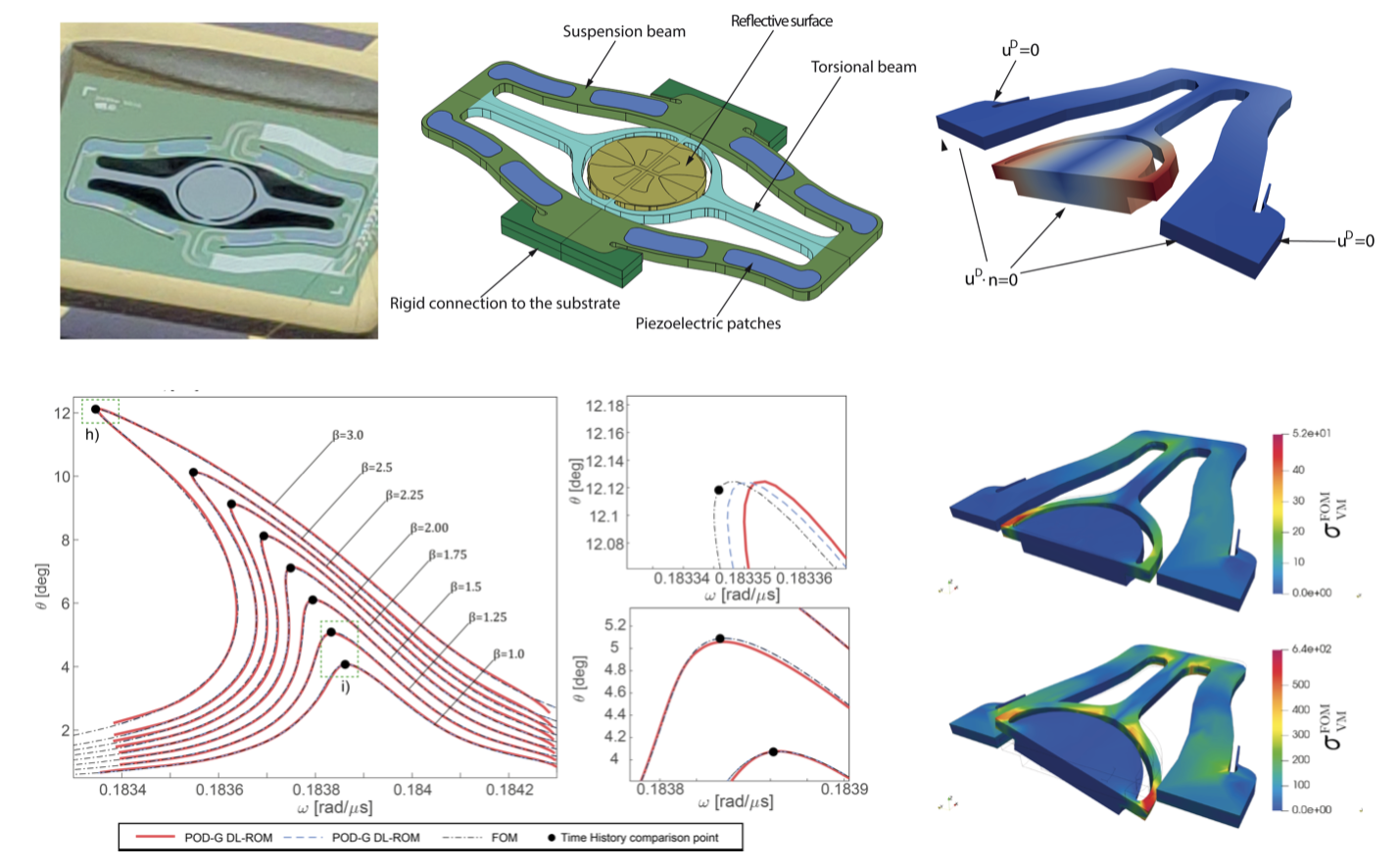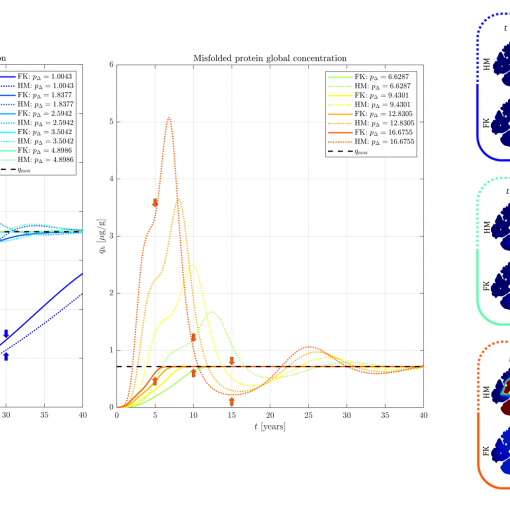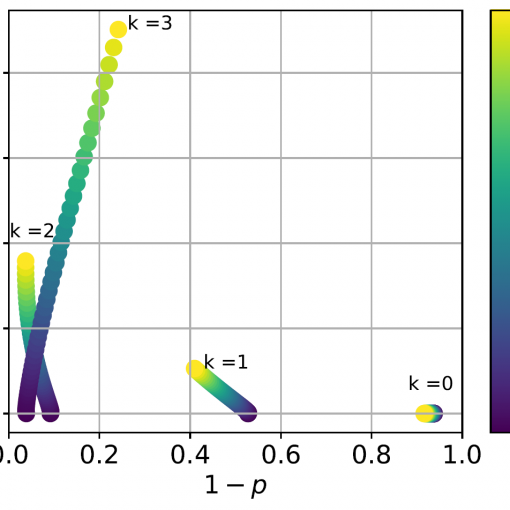A new MOX Report entitled “Deep learning-based reduced order models for the real-time simulation of the nonlinear dynamics of microstructures” by Fresca, S.; Gobat, G.; Fedeli, P.; Frangi, A.; Manzoni, A. has appeared in the MOX Report Collection.
Check it out here: https://www.mate.polimi.it/biblioteca/add/qmox/66-2023.pdf
Abstract: We propose a non-intrusive Deep Learning-based Reduced Order Model (DL-ROM) capable of capturing the complex dynamics of mechanical systems showing inertia and geometric nonlinearities. In the first phase, a limited number of high fidelity snapshots are used to generate a POD-Galerkin ROM which is subsequently exploited to generate the data, covering the whole parameter range, used in the training phase of the DL-ROM. A convolutional autoencoder is employed to map the system response onto a low-dimensional representation and, in parallel, to model the reduced nonlinear trial manifold. The system dynamics on the manifold is described by means of a deep feedforward neural network that is trained together with the autoencoder. The strategy is benchmarked against high fidelity solutions on a clamped-clamped beam and on a real micromirror with softening response and multiplicity of solutions. By comparing the different computational costs, we discus! s the imp ressive gain in performance and show that the DL-ROM truly represents a real-time tool which can be profitably and efficiently employed in complex system-level simulation procedures for design and optimisation purposes.





